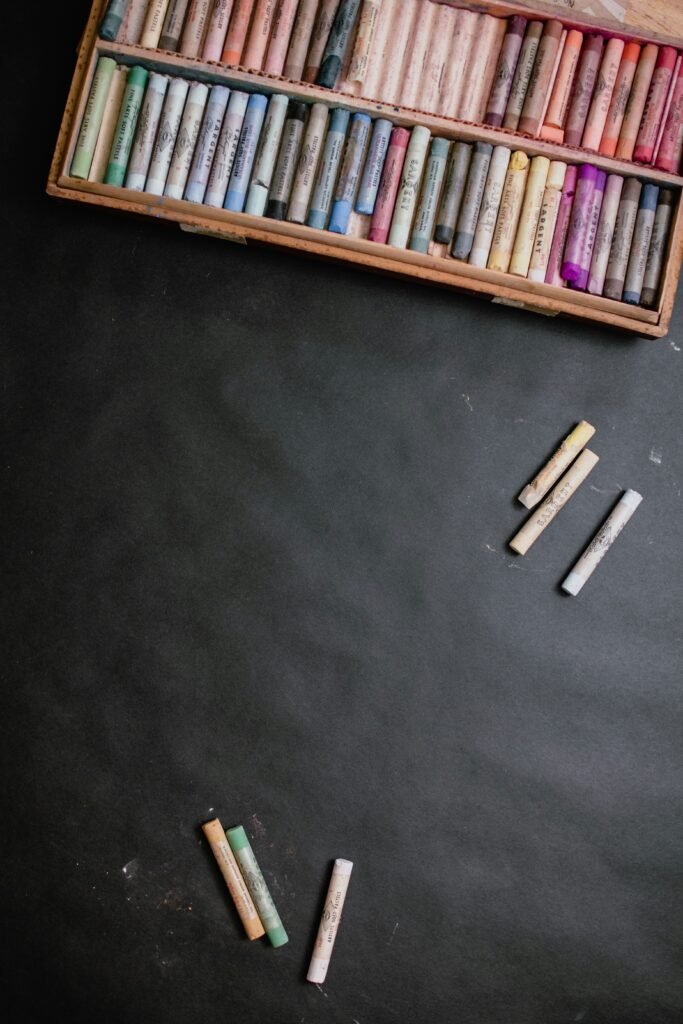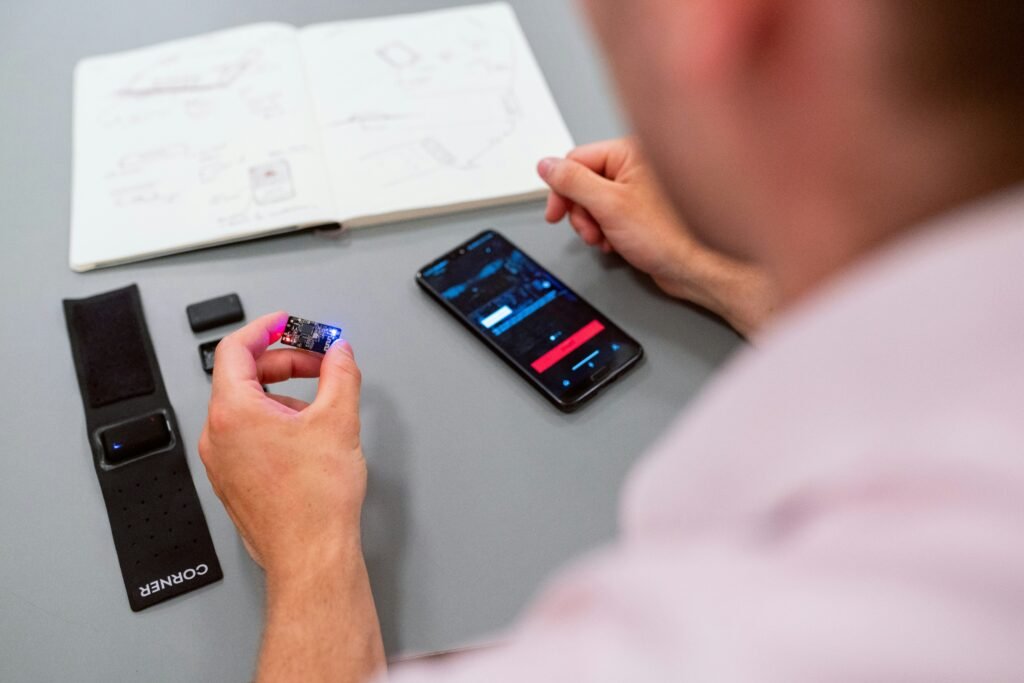Welcome to an insightful article on the must-have equipment for safe installation. In order to ensure a successful and secure installation process, it is essential to have the right tools and equipment by your side. By having the necessary items readily available, you can complete tasks efficiently and with confidence. Let’s take a look at the essential tools and equipment needed for a safe and successful installation experience.
Must-Have Equipment for Safe Installation
Are you getting ready to tackle a new installation project but feeling unsure about what tools and equipment you’ll need to ensure a safe and successful installation? Look no further! In this article, we will walk you through the must-have equipment you should have on hand before starting any installation project. From basic tools to specialized equipment, we’ve got you covered.

This image is property of images.unsplash.com.
Essential Tools for Every Installation Project
When embarking on any installation project, having the right tools on hand is crucial to ensuring a smooth and successful outcome. Here are some essential tools that you should always have in your toolbox:
- Hammer: A good hammer is essential for driving nails and securing fasteners.
- Screwdriver Set: Make sure you have a variety of screwdrivers in different sizes and types to accommodate various screws.
- Tape Measure: Accurate measurements are key to a successful installation, so don’t forget your trusty tape measure.
- Level: A level is essential for ensuring that your installation is straight and even.
- Drill and Drill Bits: Whether you’re hanging shelves or mounting a TV, a drill is a must-have tool for any installation project.
- Pliers: A good pair of pliers will come in handy for a variety of tasks, from tightening nuts and bolts to cutting wires.
- Utility Knife: A utility knife is essential for cutting materials such as carpet, plastic, and cardboard.
Having these basic tools on hand will help you tackle a wide range of installation projects with ease.
Specialized Equipment for Specific Installations
In addition to the basic tools mentioned above, there are some specialized pieces of equipment that you may need for specific types of installations. Here are a few examples:
Plumbing Installations
If you’re tackling a plumbing installation project, there are some specialized tools you’ll need to have on hand:
- Pipe Wrench: A pipe wrench is essential for tightening and loosening pipes and fittings.
- Plumber’s Tape: Plumber’s tape is used to create a watertight seal on pipe threads.
- Tubing Cutter: If you’re working with copper pipes, a tubing cutter will make the job much easier.
- Plunger: A plunger is essential for clearing clogged drains.
Make sure you have these tools on hand if you’re planning on doing any plumbing work.
Electrical Installations
When working on electrical installations, it’s important to have the right equipment to ensure your safety. Here are some specialized tools you’ll need for electrical projects:
- Voltage Tester: A voltage tester is essential for ensuring that wires are safe to work on.
- Wire Strippers: Wire strippers are used to remove the insulation from wires safely.
- Circuit Tester: A circuit tester will help you identify live circuits to avoid electrical shocks.
- Electrical Tape: Electrical tape is used to insulate wires and make electrical connections secure.
Always exercise caution when working with electricity and make sure you have the right tools for the job.
Heavy-Duty Installations
For heavy-duty installation projects such as mounting large appliances or constructing structures, you may require some heavy-duty equipment. Here are a few examples:
- Power Drill: A power drill will make quick work of even the toughest materials.
- Sledgehammer: A sledgehammer is useful for driving stakes into the ground or breaking up concrete.
- Lifting Straps: Lifting straps are essential for safely moving heavy objects.
- Scaffolding: If you’re working at heights, scaffolding will provide a safe and stable platform to work from.
Make sure you have the necessary heavy-duty equipment to tackle your installation project with confidence.

This image is property of images.unsplash.com.
Safety Equipment for Every Installation Project
Safety should always be a top priority when undertaking any installation project. Having the right safety equipment on hand can help prevent accidents and ensure a safe working environment. Here are some essential safety items that you should have readily available:
- Safety Glasses: Protect your eyes from flying debris or splashing liquids with a pair of safety glasses.
- Work Gloves: Keep your hands protected from cuts, burns, and other injuries with a good pair of work gloves.
- Ear Protection: Reduce the risk of hearing damage from loud power tools with ear protection.
- Dust Mask: Protect your lungs from harmful dust particles by wearing a dust mask while working.
- Hard Hat: If you’re working in an area where falling objects are a hazard, wear a hard hat to protect your head.
Ensuring that you have the proper safety equipment on hand will help you complete your installation project safely and without injury.
Conclusion
Whether you’re a seasoned DIY enthusiast or a beginner looking to tackle your first installation project, having the right tools and equipment is essential for a successful outcome. By following the tips and recommendations outlined in this article, you can ensure that you have everything you need to safely and effectively complete your installation projects. Remember, safety should always come first, so be sure to wear the necessary protective gear and follow all safety guidelines while working. Good luck with your next installation project, and happy installing!
